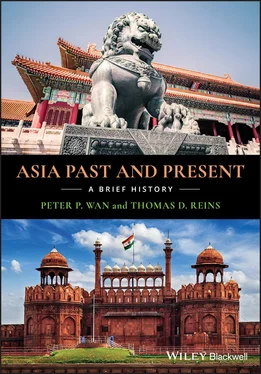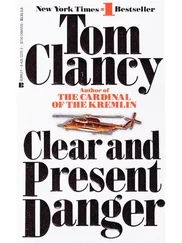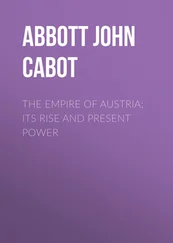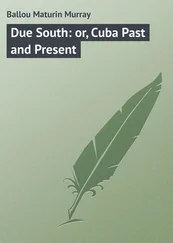Northern Asia was experiencing radical shifts in the balance of power during the period of 800–1400. The nomadic tribes of the Chi‐tans, Nüzhens, and Mongols were getting more powerful as they whittled away at the territories of China’s Song Empire. Eventually, the Mongols conquered the Song Empire and founded the Mongol Yuan Empire in China. They also conquered Korea and ruled it with an iron fist (1270–1350s), and they drained Korean resources to back their doomed invasions of Japan. However, they left Korean rulers in place as figureheads. This dual structure of government was nothing new. Korean strongman Choe Chung‐han had ruled while he allowed the king to reign; in Japan, the shogun ruled and the emperor reigned for eight centuries. And the Japanese would rule Korea while a Korean king reigned during Japan’s colonial rule of Korea between 1910 and 1945.
When the Mongol Empire fell, the Goryeo Dynasty was too weak to stand on its own legs. Korean General Yi Seonggye took over in a largely bloodless coup, and founded the Yi Joseon Dynasty with its capital at Hanyang (modern Seoul). As Korea’s last and longest dynasty, spanning five centuries, it left Korea with a substantial legacy.
First of all, the Yi Joseon Dynasty (1392–1897) established effective control over all of the Korean Peninsula, banning the private ownership of armies that could challenge its power. It formed close ties with China’s Ming Empire and continued a policy of borrowing from China. It revived reverence for books and book learning to overcome the consequences of the barbaric rule of the Mongols. It internalized Zhu Xi’s Neo‐Confucianism so deeply into Korean culture and society that it continues to shape Korea’s social structure, moral values, etiquette, folk customs, and politics to this day. The Yi Joseon Dynasty introduced fundamental changes. Earlier, the Silla Dynasty had a system of land ownership that gave huge landholdings to a handful of highly placed aristocrats and various levels of officialdom, creating a new and much larger landholding aristocracy of civil and military officials. The new class system placed the royal family at the top of a hierarchic system of four classes: an expanded aristocracy of land‐ and officeholders, the middle class of government employees, the commoners who were mostly various kinds of professionals, and the “lowborn.” The lowborn consisted of slaves and serfs, reputedly making up one‐third of the population; they were owned privately or by the government. (The Joseon government ordered the freeing of government‐owned slaves in 1801 and abolished the class system in 1894.)
Traditional Korean culture reached its peak in the Yi Joseon Dynasty. Scholarship and technology flourished. The royal court presided over the creation of a new Korean writing system in 1443. Known as Hangul, it was a phonetic alphabet system that freed the Korean language from the much more rigid and difficult Chinese system of characters. Substantial economic growth took place between 1600 and 1800. As agriculture grew, a surplus became available for trading, which stimulated the growth of the merchant class. Wealthy merchants began buying their way into the elite classes, just as their counterparts did in China and Japan. Trade with the Japanese, the Manchus, the Chinese, and even the Arabs grew. Pyongnam became an important international trading port. But the merchants’ eagerness for foreign trade was at odds with the regime’s desire to keep out foreign influence. Heightened activity in smuggling and piracy, often based in Japan and threatening sea lanes, became an increasing scourge. Similar developments were taking place in Ming China at the same time.
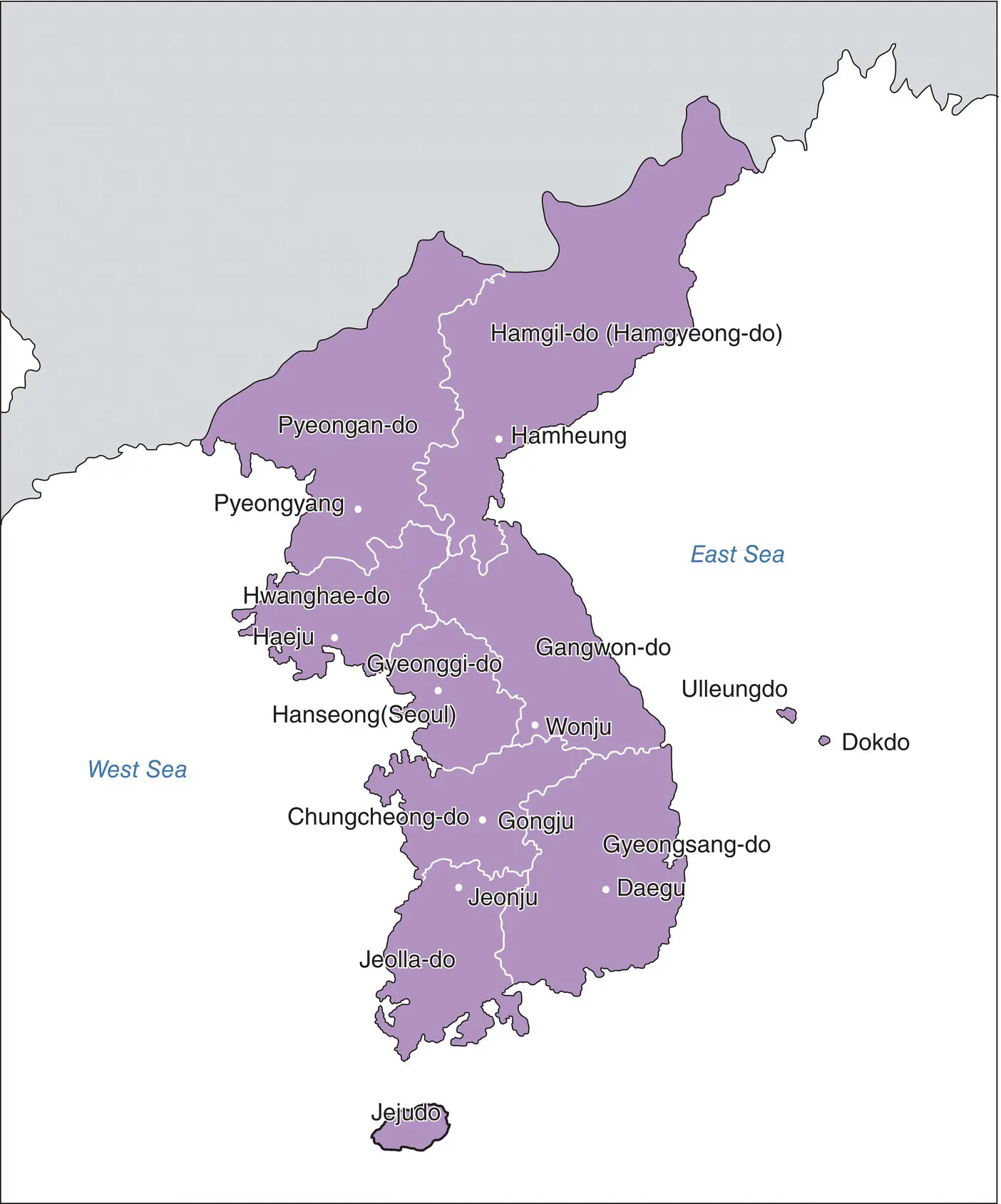
Map of Joseo n Korea.
Despite its successes, Korea’s economic growth was slow and difficult. Its mountainous terrain and bitterly cold winters limited agricultural productivity. Chronic infighting among domestic factions and repeated foreign invasions were destructive as well. With a relatively weak economy and a divided body politic, Korea was ill‐prepared to face the challenges of the nineteenth century.
Foreign Invasions of Korea
Korea’s geopolitical location has subjected it to repeated invasions by its larger and stronger neighbors: the Chinese, the Japanese, the Mongols, the Manchus, and later the Western powers. It has responded by putting up heroic and sometimes successful resistance. Sui China launched a series of attacks against it (598–), which, successfully rebuffed by the Koreans, contributed to the Sui’s quick demise. Japanese warlord Toyotomi Hideyoshi led two invasions of Korea (1592 and 1598, respectively). The Koreans destroyed his navy in sea battles with their ingenious “turtle ships,” and eventually successfully repelled the Japanese invasion with help from Ming China. But the fighting had taken a huge toll on Korean life and fortune. And the Manchus took advantage of Korea’s weakness to invade (1627 and 1636), eventually turning it into a tributary state. For the next three centuries, the Manchus ruled over China directly and saw Korea as a protectorate.
The turtle shipis a large warship whose deck is fully protected by a shield called a “turtle shell.” The shield, perhaps of iron, can deflect cannon fire, and it is studded with iron spikes to deter enemies from boarding. It has a metal prow, mounted with a dragon head that can fire a cannon, emit poisonous smoke, or release a smokescreen to hide its movement in combat. It is powered by rowers underdeck. It can ram and sink almost any ship. It was used intermittently from the fifteenth to the nineteenth centuries.
By the late nineteenth century, Tsarist Russia built the Trans‐Siberian Railway that took Moscow eastward to the Pacific Ocean. This presented a threat to numerous nations, including China, Korea, Great Britain, and particularly Japan. Should Russia take control of Korea, it would place Moscow less than 200 miles from Japan. Eventually Japan went to war with China in 1894 in order to replace Beijing as the protector of Korea, and with Russia in 1904 to keep Moscow out of Korea. The Hermit Kingdom became an unwilling pawn in another “great game” in Asia.
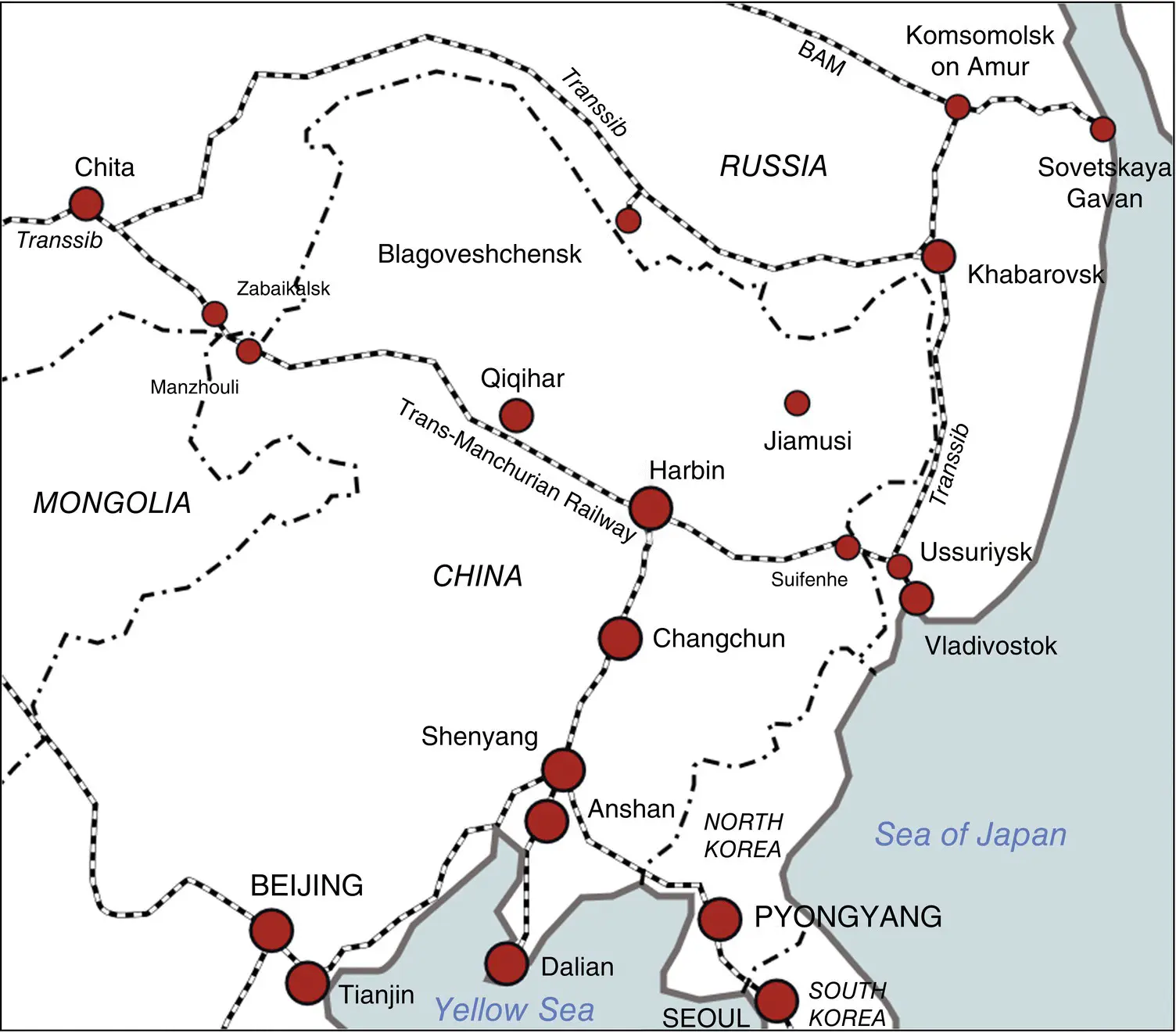
Map of the Trans‐Manchurian Railroad. BAM : Baikal–Amur Mainline. Transsib : Trans‐Siberian Railway.
Source: Wikimedia User Vmenkov, https://commons.wikimedia.org/wiki/File:Chinese_Eastern_Railway‐en.svg.
Suggested Readings and Viewings
1 John B. Duncan, The Origins of the Choson Dynasty (Seattle: University of Washington Press, 2000).
2 Peter Duus, Feudalism in Japan, 3rd ed. (New York: McGraw‐Hill, 1993).
3 Wayne Farris, Population, Disease, and Land in Early Japan, 645–900 (Cambridge, MA: Harvard University Press, 1985).
4 Wayne Farris, Sacred Texts and Buried Treasures: Issues in the Historical Archaeology of Early Japan (Honolulu: University of Hawaii Press, 1998).
5 John W. Hall, Government and Local Power in Japan, 500–1700 (Princeton, NJ: Princeton University Press, 1966).
6 Peter Lee, ed., Sourcebook of Korean Civilization, vol. 1 (New York: Columbia University Press, 1993).
7 Li Narangoa and Robert Cribb, Historical Atlas of Northeast Asia, 1590–2010: Korea, Manchuria, Mongolia, and Eastern Siberia (New York: Columbia University Press, 2014).
8 Ran (1985), dir. by Akira Kurosawa.
Читать дальше
